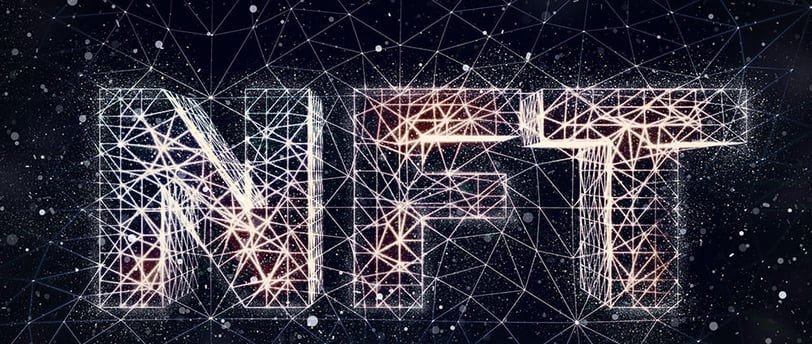What are NFTs


NFT meaning and definition
NFT stands for ‘non-fungible token’. Non-fungible means that something is unique and can’t be replaced. By contrast, physical money and cryptocurrencies are fungible, which means they can be traded or exchanged for one another. Every NFT contains a digital signature which makes each one unique. NFTs are digital assets and could be photos, videos, audio files, or another digital format. NFT examples include artwork, comic books, sports collectibles, trading cards, games and more.
How do NFTs work?
Non-fungible tokens or NTFs are cryptographic assets which sit on a blockchain – that is, a distributed public ledger that records transactions. Each NFT contains unique identification codes that distinguish them from each other. This data makes it easy to transfer tokens between owners and to verify ownership.
NFTs hold a value which is set by the market – i.e., supply and demand – and they can be bought and sold in the same way that physical assets can. NFTs are digital representations of assets – and can also represent real-world items such as artwork and real estate. Tokenizing real-world tangible assets in this way is considered by some users to make buying, selling and trading them more efficient, as well as potentially reducing the likelihood of fraud.


How do you buy NFTs?
The NFT market is considered high risk, and its volatile highs and lows can deter even experienced investors. If you are thinking of buying NFTs, it’s important to have a clear understanding of the process. Let’s look at the steps involved:
Open a crypto exchange account
The first step is to open an account on a crypto platform or crypto exchange. A crypto exchange is an online platform where you can buy and sell different types of cryptocurrencies. To buy NFTs, you need to create an account with your chosen platform. Different platforms offer different services, so it’s worth researching them to find out which suits you best in terms of features, fees, and ongoing support.
Open a crypto wallet
A crypto wallet stores the keys that grant access to your digital assets. Users are given a unique seed phrase – also called a recovery phrase – to access their wallet. It’s essential to keep your seed phrase safe – without it, you lose access to your wallet.
Wallets can either be hosted on an exchange or may operate independently. If they operate independently, then you retain responsibility for your wallet and private keys. If your digital wallet is hosted by an exchange, the exchange acts as an intermediary for crypto transfer. The company holds your private keys and is responsible for keeping your assets safe.
Alternatively, if you want to buy and sell NFTs without third-party involvement, you need a wallet tied directly to the blockchain. This allows currency to be transferred directly between people using the public key. The two types of wallet available are called ‘hot’ or ‘cold’:
Transfer Ethereum into a crypto wallet
Once you have selected an NFT exchange and bought ETH, you then need to transfer it to a wallet. This process will vary depending on the exchange through which you buy ETH, the wallet you use, and the marketplace on which you plan to trade NFTs.
